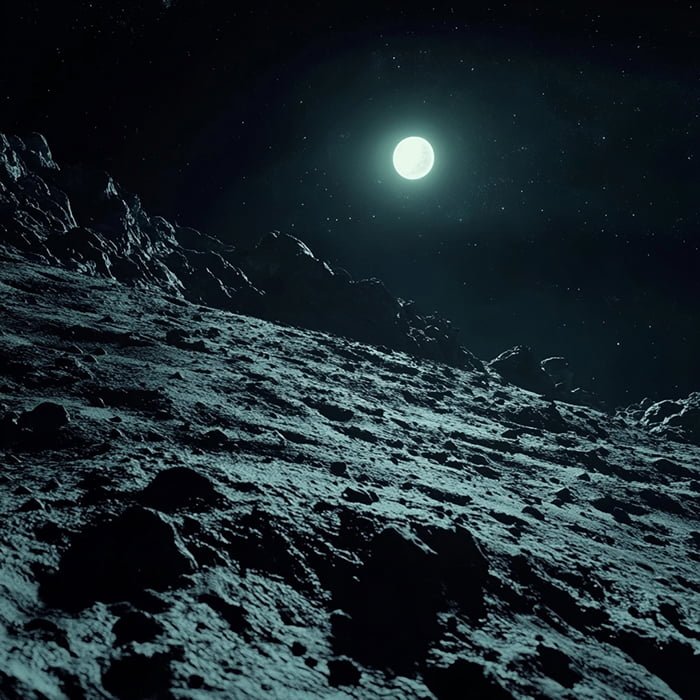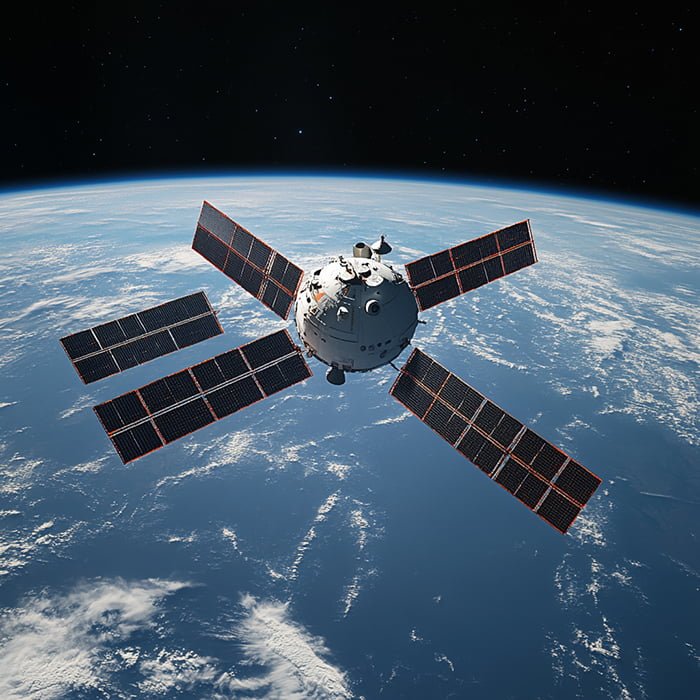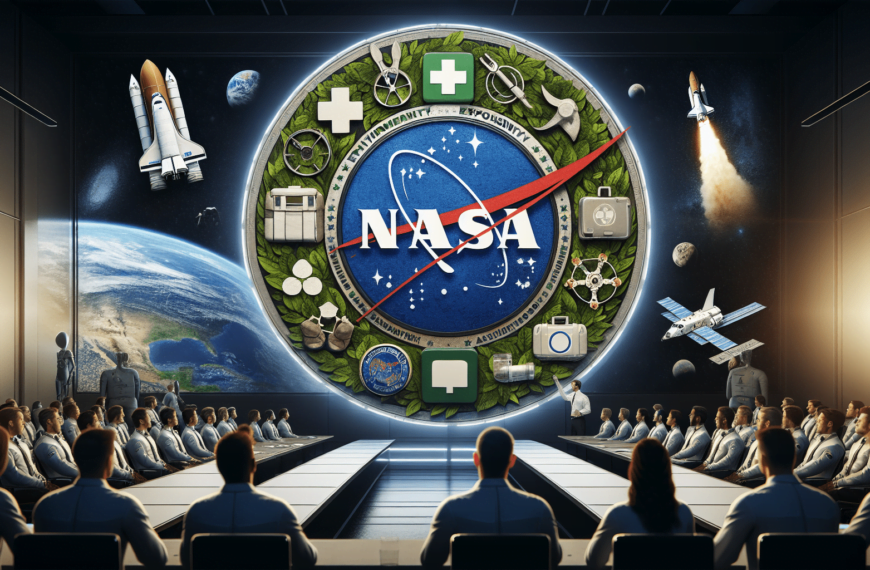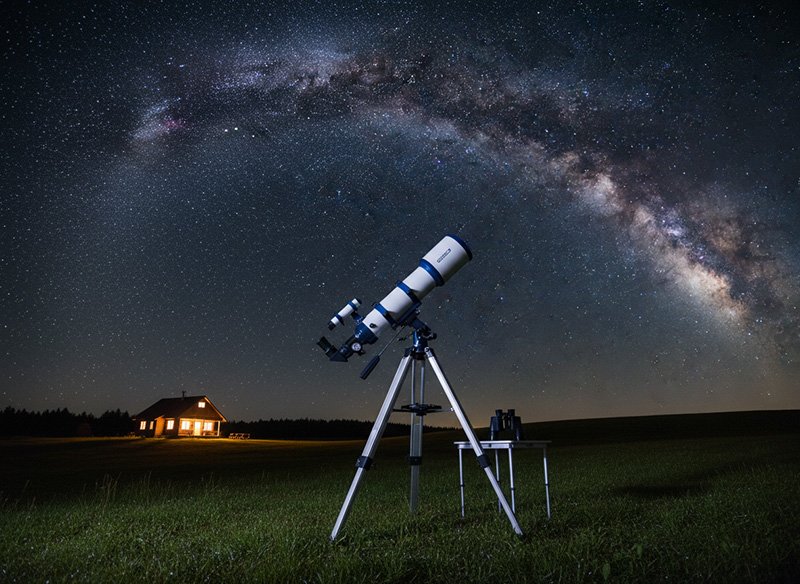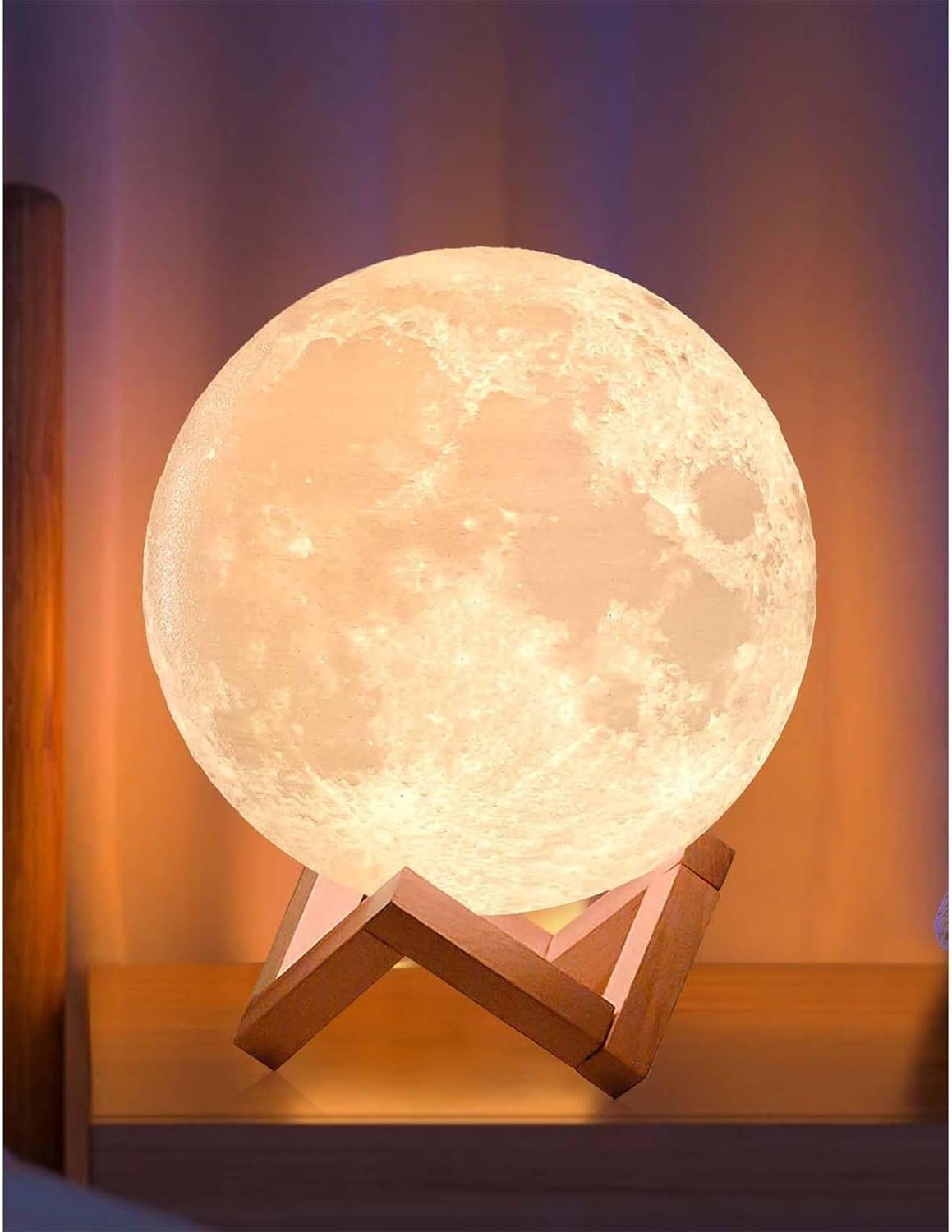NASA’s Artemis program aims to return humans to the moon, tackling lunar navigation challenges with the Lunar Navigation Challenge. Join now!
Key Takeaways 📝
- NASA’s Artemis program is not just a return to the moon but a step towards establishing a sustainable human presence, with the south pole as a key target for exploration.
- The Lunar Navigation Challenge invites innovative, low-tech solutions to address the unique challenges of navigating the moon’s rugged terrain, highlighting the need for creativity in space exploration.
- Participants can compete for a total of $50,000 in prizes, incentivizing contributions that could significantly impact future lunar missions.
- The challenge emphasizes public engagement, showcasing how diverse perspectives can lead to groundbreaking advancements in navigation technology.
- As we move forward with the Artemis program, the insights gained from lunar missions will play a crucial role in humanity’s plans for Mars exploration.
NASA’s Artemis program is not just a mission; it is a bold proclamation of humanity’s intent to return to the moon, paving the way for future exploration and possibly even human settlement beyond Earth. As we stand on the brink of this new lunar age, one of the most pressing challenges facing astronauts is navigation on the moon’s rugged terrain, particularly around the south pole. To tackle this challenge, NASA has launched the Lunar Navigation Challenge, inviting innovative solutions from the public. This blog will delve into the details of the Artemis Moon initiative, the specific navigational challenges astronauts will face, and how you can participate in shaping the future of lunar exploration.
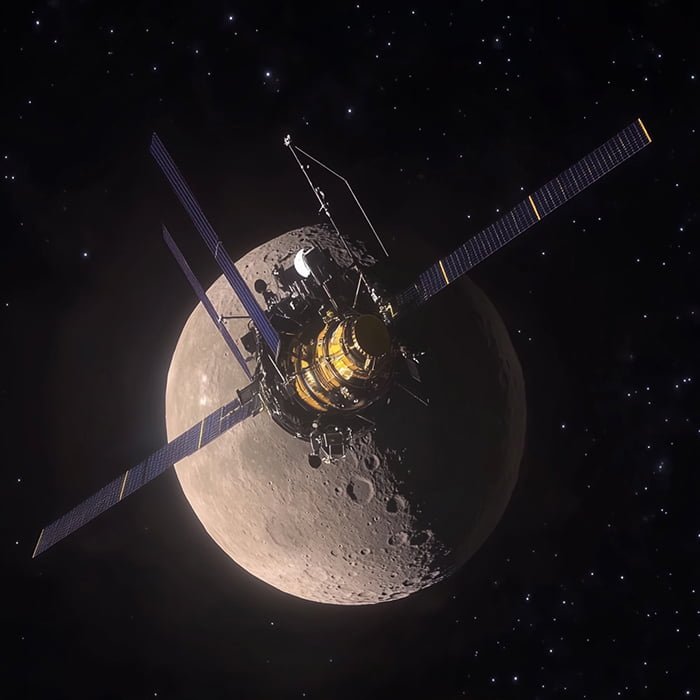
The Artemis Program: A Giant Leap Back to the Moon
The Artemis program, named after the Greek goddess of the moon and twin sister of Apollo, aims to land humans on the lunar surface for the first time since the historic Apollo missions. This ambitious initiative is not merely about returning to the moon; it seeks to establish a sustainable human presence there by the end of the decade. The Artemis program will serve as a critical step towards future missions to Mars and beyond.
Goals of the Artemis Program
The primary objectives of the Artemis program include:
- Landing Humans on the Moon: The goal is to land astronauts near the lunar south pole, an area rich in resources, including water ice that could support future lunar habitats.
- Sustainable Presence: Establishing a long-term human presence on the moon will provide invaluable experience and data that can be applied to future interplanetary missions.
- Scientific Research: Conducting scientific investigations to better understand the moon’s geology, resources, and history.
- International Collaboration: Working with international partners and commercial companies to foster a global approach to space exploration.
The significance of these goals cannot be overstated. The Artemis program represents not just a return to lunar exploration but a pivotal moment in human spaceflight—one that will inspire generations to come.
The Lunar Navigation Challenge: Innovative Solutions for a Complex Terrain
One of the key aspects of successfully navigating the moon’s surface lies in overcoming its unique challenges. The Lunar Navigation Challenge was officially opened on September 4, inviting participants to submit innovative ideas for low-tech navigational devices that astronauts can use while traversing the moon’s rugged landscape.
Why Navigation is Challenging on the Moon
Navigating the moon’s surface presents several unique challenges:
- Extreme Environment: The lunar environment is harsh, characterized by extreme temperatures, low atmospheric pressure, and a lack of magnetic field. These factors make conventional navigation methods less effective.
- Lack of Landmarks: The moon’s surface is relatively featureless compared to Earth, with few recognizable landmarks to aid in navigation.
- Permanently Shadowed Regions: Areas like Shackleton Crater are permanently shadowed, making it difficult for astronauts to rely on sunlight for orientation.
- Difficult Terrain: The rugged topography includes steep crater walls, cliffs, and large boulders, which pose additional physical challenges for movement.
Given these obstacles, effective navigation tools are essential for ensuring astronaut safety and mission success.
Challenge Categories
Participants in the Lunar Navigation Challenge can focus on two main categories:
- Developing Low-Tech Orienteering Devices: This category encourages participants to create devices that can help astronauts determine their location and direction without relying on electronic systems.
- Mapping Methods for Shackleton Crater: This involves devising innovative techniques to survey and map one of the largest permanently shadowed regions on the moon, which has complex topography and limited visibility.
Prize Incentives
To encourage participation and innovation, NASA has set aside a total of $50,000 in prizes:
- $15,000 for developing an effective low-tech orienteering device.
- $30,000 for creating an effective mapping method for Shackleton Crater.
- An additional $5,000 will be distributed among solutions that demonstrate exceptional achievements in either challenge.
These prizes not only provide financial incentives but also recognition for contributors who could play a crucial role in shaping future lunar missions.
How to Participate in the Lunar Navigation Challenge
If you’re interested in participating in this groundbreaking challenge, here’s how you can get involved:
- Registration: Participants must register for the challenge online.
- Informational Webinar: NASA will host an informational webinar on October 2 at 12 PM EDT to answer questions about the challenge and provide guidance.
- Submission Deadline: All entries must be submitted by November 25.
- Winners Announcement: Winners will be announced on January 15, 2025.
For those interested in contributing their innovative ideas, this challenge represents an incredible opportunity to leave a mark on lunar exploration history.
The Importance of Public Engagement in Space Exploration
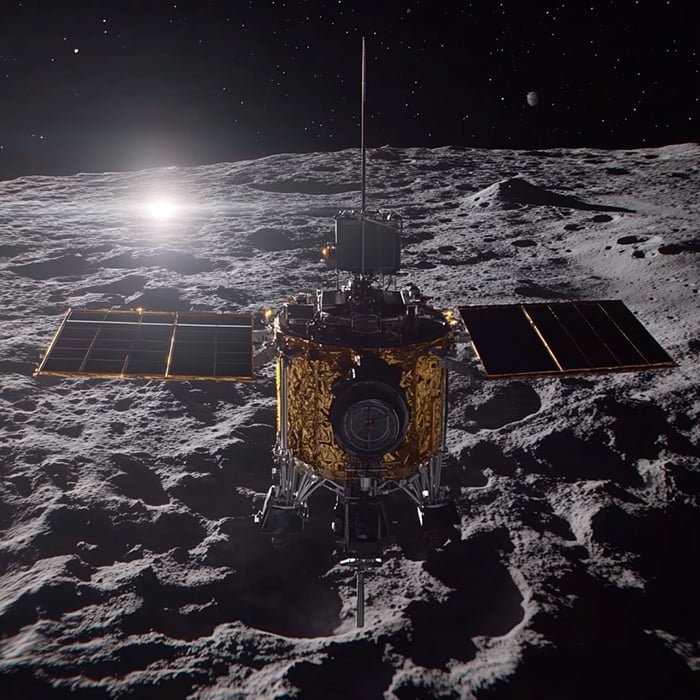
The Lunar Navigation Challenge exemplifies NASA’s commitment to involving the public in space exploration. By inviting individuals and teams to contribute their ideas, NASA is fostering a culture of innovation and collaboration that extends beyond traditional space agency boundaries.
Encouraging Innovation
Public participation can lead to creative solutions that may not emerge from within institutional frameworks. The diversity of thought and experience from individuals outside NASA can bring fresh perspectives that are crucial for overcoming complex challenges.
Building Interest in STEM Fields
Engaging the public also serves an educational purpose. The challenge encourages interest in science, technology, engineering, and mathematics (STEM) fields by providing a platform for people to apply their knowledge and skills in real-world scenarios. This can inspire future generations to pursue careers in these critical areas.
Looking Ahead: The Future of Artemis Moon Missions
As we await the results of the Lunar Navigation Challenge, it’s essential to reflect on what lies ahead for the Artemis program and lunar exploration as a whole.
Upcoming Missions
The Artemis program comprises multiple missions:
- Artemis I: An uncrewed mission that tested the Space Launch System (SLS) and Orion spacecraft around the moon.
- Artemis II: Planned as the first crewed mission in this series, it will send astronauts around the moon and back.
- Artemis III: Aiming for a lunar landing, this mission will mark humanity’s return to the lunar surface.
Each mission builds upon its predecessor, allowing NASA to refine its technologies and methodologies before establishing a sustainable presence on the moon.
Long-Term Goals Beyond the Moon
The Artemis program is not just focused on lunar exploration; it is also a stepping stone towards Mars exploration. Lessons learned from living and working on the moon will inform strategies for sending humans to Mars—a goal that many envision within the next couple of decades.
Conclusion: Join Us on This Journey

The Artemis Moon initiative represents an exciting chapter in human history—one filled with promise and possibilities. By engaging with innovative minds through initiatives like the Lunar Navigation Challenge, NASA is not only addressing immediate challenges but also inspiring public interest in space exploration.
As we prepare for upcoming missions and work towards establishing a sustainable human presence on the moon, we invite you to participate actively in this journey. Whether you are an engineer, scientist, student, or simply an interested individual, your contributions could help shape the future of lunar navigation and exploration.
Join us as we embark on this incredible journey back to the moon with Artemis! Let your ideas shine as brightly as the stars above.

